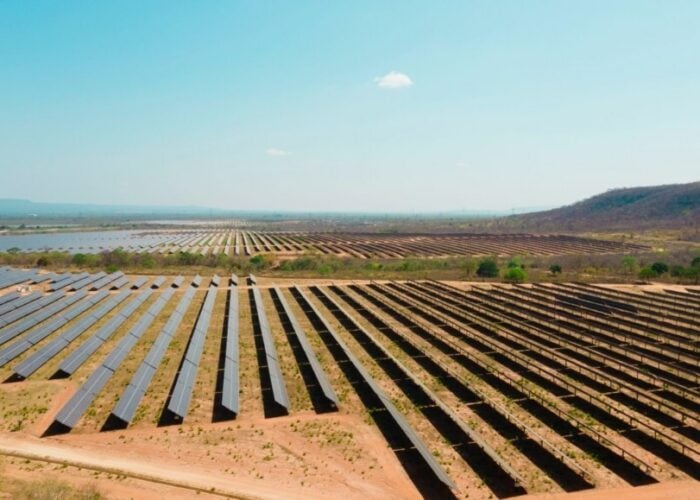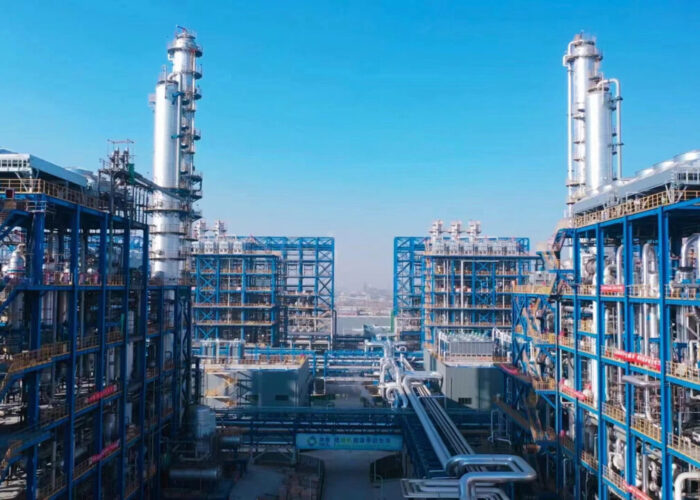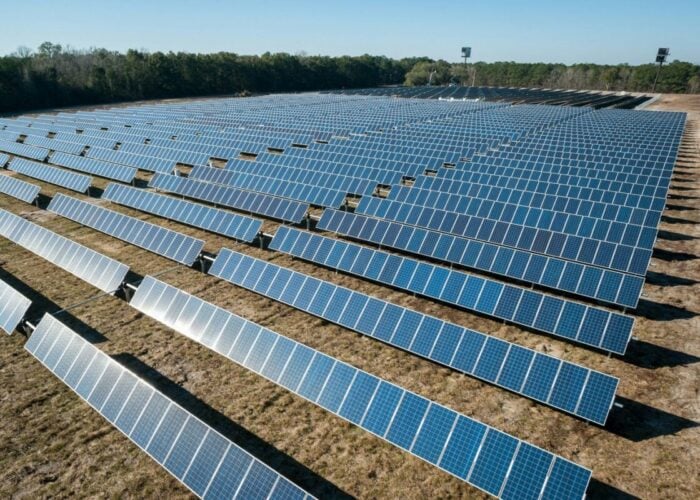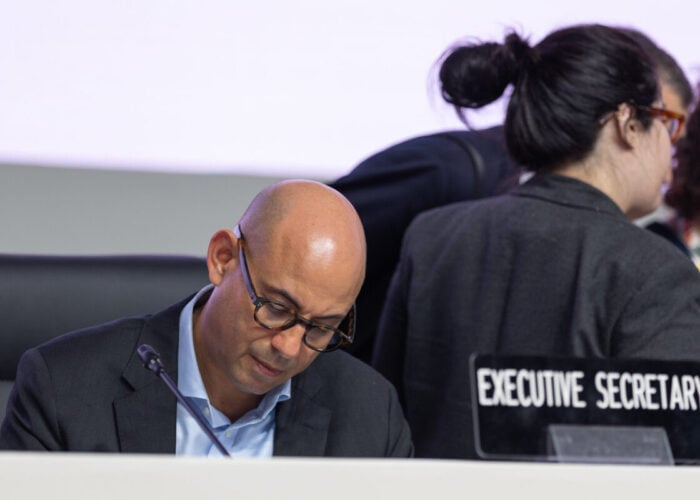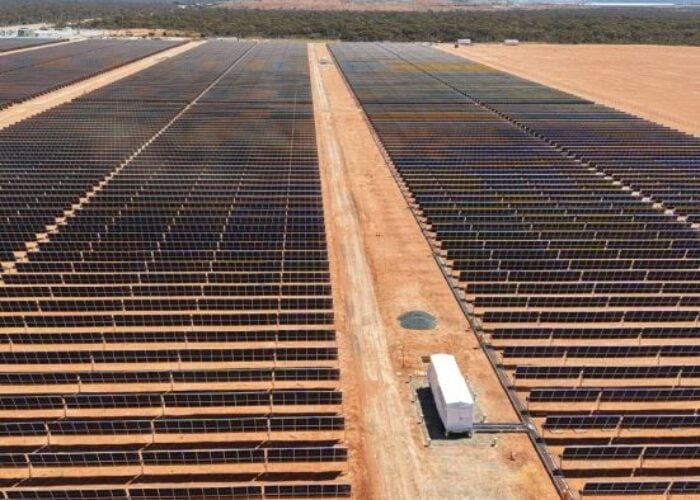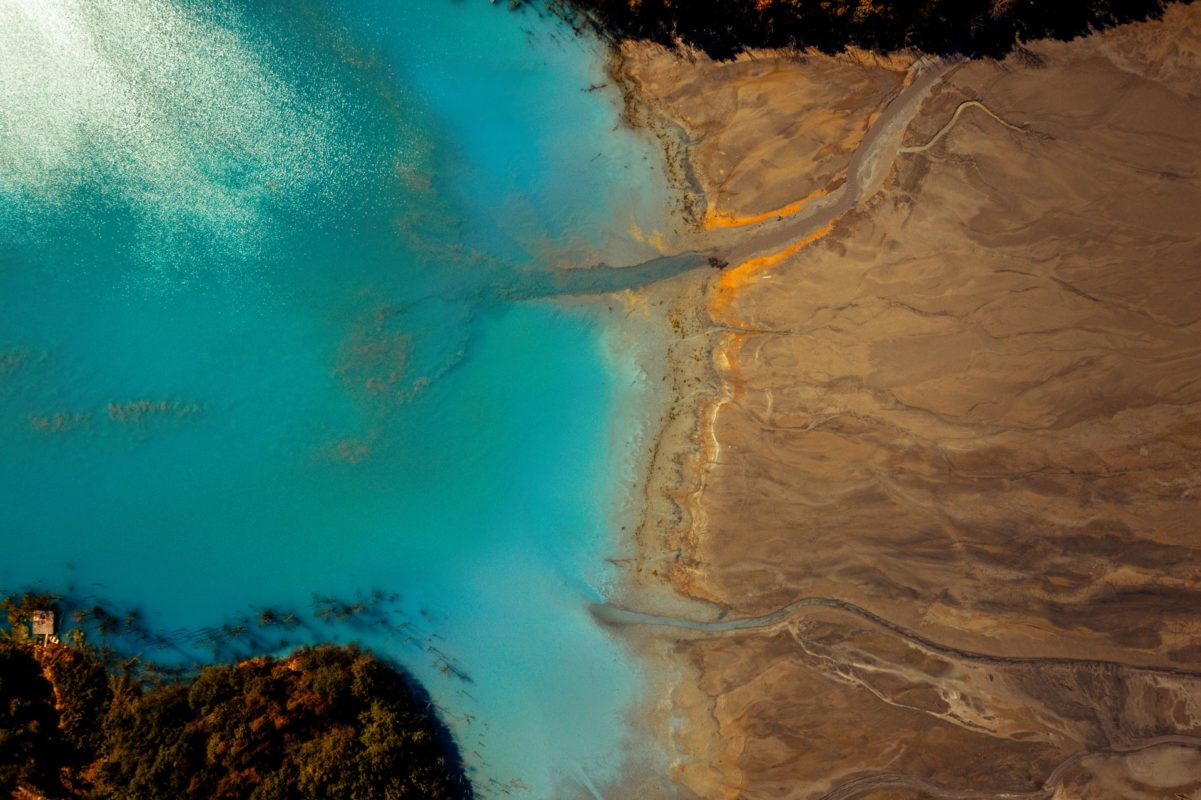
Climate-smart principles must steer the global search for the minerals and metals required by the green energy boom to make sure the process remains sustainable, according to the World Bank.
In a new report, the global body concluded that sourcing graphite, lithium and others for renewables in enough volumes – 3 billion tonnes – to keep global heating within 2°C by 2050 would carry emissions equal to only 6% of the footprint of fossil fuels.
Try Premium for just $1
- Full premium access for the first month at only $1
- Converts to an annual rate after 30 days unless cancelled
- Cancel anytime during the trial period
Premium Benefits
- Expert industry analysis and interviews
- Digital access to PV Tech Power journal
- Exclusive event discounts
Or get the full Premium subscription right away
Or continue reading this article for free
Despite the finding, the World Bank advised climate activists, green energy developers and miners to work together to embed sustainability into the entire mineral supply chain, ensuring shortages do not prevent green energy from being deployed at the speed the Paris Agreement requires.
The World Bank has spent years delving into the impacts of mining for renewables, launching last year a US$50 million scheme to invest in recycling and other sustainable techniques. This week, the global body updated its forecasts on how profound the demand surge will be for some commodities.
According to the new figures, limiting the worldwide temperature rise to 2°C would demand boosting the global production of minerals key to energy storage – graphite. lithium and cobalt – by 450% by 2050, compared to 2018 levels.
At an 87% share, solar PV would under the 2°C scenario hoard most of renewables’ aluminium supply by 2050. Coupled with wind, PV projects would soak up three-quarters of the copper required by all green energy sources by mid-century, the World Bank said.
Recycling key as COVID-19 adds disruption to mining chain
According to the new report, the fact that the climate impacts of renewables’ mineral rush would be a “fraction” of fossil fuel emissions does not mean such impacts should be overlooked.
The document estimated that producing the six commodities central to green energy by 2050 would trigger 1.4 GtCO2e of emissions by 2050, a figure nearing the combined footprint of France, Germany and the UK in 2018. At over 800 MtCO2e, aluminium’s footprint would tower over that of the five others, from graphite (>300 MtCO2e) to nickel (>200 MtCO2e) and cobalt (>50 MtCO2e).
The emission estimates emerge as the calls for a renewably-powered COVID-19 recovery gain momentum worldwide, with European policymakers said to be planning to move in this very direction. As acknowledged by the World Bank this week, the pandemic is, in turn, disrupting the very mining supply chain that would make the renewables boom possible.
The health emergency stands, the World Bank said, to become an “additional risk” to sustainable mining. According to the global body, the crisis makes it “more important than ever” for states – particularly the developing nations where mining itself takes place – to embed climate-smart principles into the sector.
The report placed the spotlight on the role recycling and reuse could play, urging policymakers to explore how best to incentivise both. These practices would make the mineral rush more sustainable but, the World Bank acknowledged, will not suffice to produce the commodities at the volume required by renewables; primary production will remain necessary.
“It will be crucial for importers of these critical minerals with ambitious climate targets, particularly in developed countries, to work closely with mineral producers in developing countries to decarbonize and reduce the material impacts associated with increased extractive activities,” the report went on to say.
PV Tech has set up a dedicated tracker to map out how the COVID-19 pandemic is disrupting solar supply chains worldwide. You can read the latest updates here.
If you have a COVID-19 statement to share or a story on how the pandemic is disrupting a solar business anywhere in the world, do get in touch at [email protected] or [email protected].

